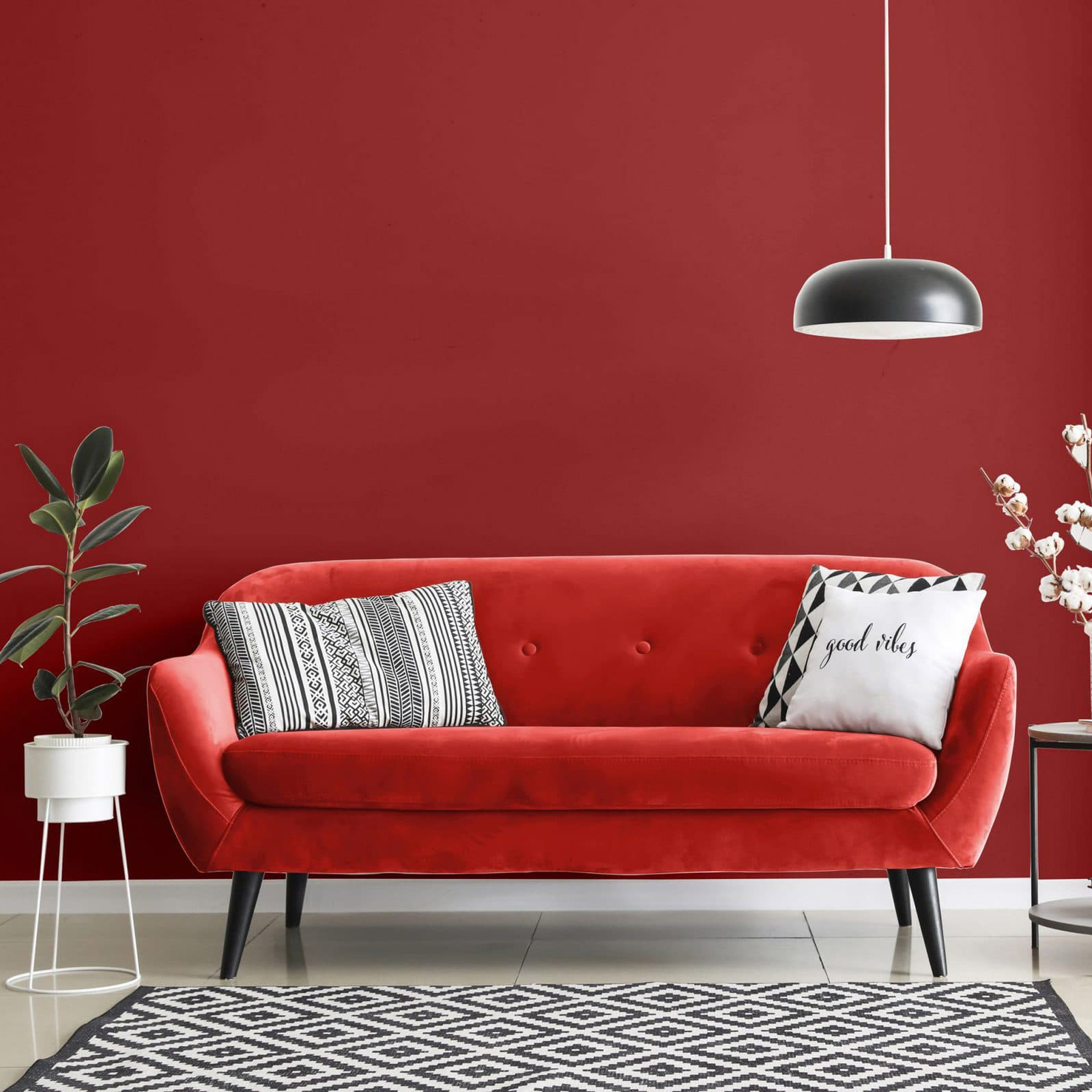Introduction
When it comes to designing enduring pieces of furniture and lighting, few can match the legacy of Danish designer, Verner Panton. Over the course of his career, Panton was celebrated for his keen sense of form and function, as well as a willingness to experiment with new materials and techniques. Today, his work continues to be highly coveted, not only for its aesthetic value but its ability to stand the test of time. In particular, Panton’s wall lights have become iconic, representing the perfect blend of form and function.
The Importance of Lighting
Lighting is a fundamental aspect of interior design, one that can influence the way we perceive a space and our moods within it. By choosing the right lighting, designers can manipulate the atmosphere of a room, highlighting certain features, creating focal points, and adding warmth or coolness. Wall lights in particular are often used to create ambient lighting, illuminating a space more subtly than a ceiling light, and casting shadows that give depth and texture.
Panton’s Design Philosophy
Verner Panton’s design philosophy was centered around the idea of creating harmony between different elements, including form, color, and texture. His approach was avant-garde, drawing on influences from the psychedelic ’60s, art movements like Pop Art and Minimalism, and architectural design. Panton’s wall lights, in particular, were highly distinctive, characterized by their futuristic shapes, bold use of color, and unique play of light.
Example: The Panthella Wall Light
One of the most famous wall lights designed by Verner Panton is the Panthella Wall Light, which was created in 1971. This iconic fixture features a rounded shade made of white opal acrylic, mounted to a curved metal arm. The base of the fixture is also curved, providing stability and adding to its elegant profile. When lit, the Panthella Wall Light diffuses a soft, warm glow, adding a sense of intimacy and relaxation to any space.
Example: The Living Tower Wall Light
Another memorable wall light designed by Panton is the Living Tower Wall Light, which was created in 1969 for the Visiona 2 exhibition in Cologne. This fixture takes the form of a tower of varying sized circles, edged with a metal frame. Each circle contains a small light source, casting intriguing pools of light and shadow on the wall. The Living Tower Wall Light is a stunning example of Panton’s experimental approach, combining form, function, and art.
Legacy and Impact
Verner Panton’s contributions to 20th-century design were significant, and his influence is still felt today. His wall lights, in particular, continue to inspire designers and captivate audiences with their timeless appeal. By creating pieces that were not only visually striking but functional, Panton helped raise the status of lighting design, and demonstrate its importance in shaping our living spaces.


